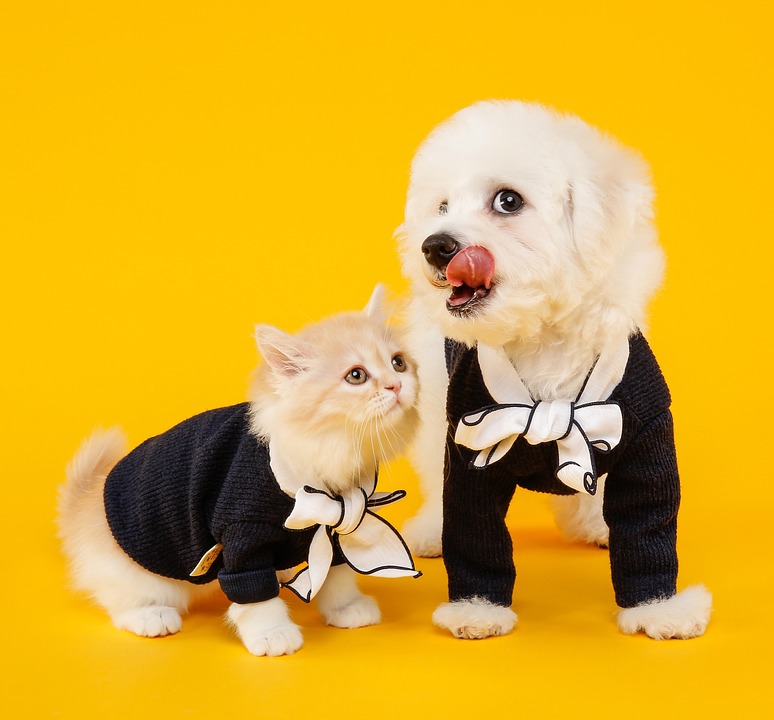Obesity is a growing concern among cats, with more than 50% of them being overweight or obese. This excess weight can lead to various health issues, impacting their overall well-being and quality of life. As a responsible cat owner, it is crucial to understand the causes and solutions for cat obesity to ensure your furry friend leads a healthy and fulfilling life.
Causes of Cat Obesity
One of the primary causes of cat obesity is overfeeding and a poor diet. The habit of free-feeding or providing excessive portions can lead to weight gain in cats. Additionally, feeding cats with calorie-dense, low-quality commercial cat food lacking essential nutrients can contribute to weight problems.
Lack of exercise is another significant cause of cat obesity. Insufficient physical activity and sedentary lifestyles can result in weight gain. Cats that do not have access to outdoor spaces or lack interactive toys and playtime are prone to obesity.
Certain medical conditions can also cause weight gain in cats. Conditions such as hypothyroidism and hormonal imbalances can contribute to obesity. Steroid medications or illnesses that limit mobility may also be a factor.
Health Risks Associated with Cat Obesity
Obesity in cats can lead to various health risks. One such risk is diabetes mellitus, a chronic metabolic disorder. Overweight cats are at a higher risk of developing diabetes, which can lead to increased thirst, frequent urination, weight loss, and other complications if left untreated.
Excess weight also puts additional strain on a cat’s joints, leading to arthritis and other joint-related issues. Cats with joint problems may experience pain, decreased mobility, and difficulty climbing or jumping.
Heart disease is another health risk associated with cat obesity. Obesity increases the risk of heart disease in cats, potentially leading to heart murmurs, cardiac arrhythmias, and heart failure. Cats with heart disease may experience lethargy, difficulty breathing, and reduced appetite.
Solutions for Cat Obesity
There are several solutions for managing and preventing cat obesity. One of the most crucial steps is maintaining a balanced diet. Consult with a veterinarian to determine the appropriate portion size and nutritional requirements for your cat’s age, size, and activity level. Opt for high-quality, balanced cat food that promotes healthy weight management and provides essential nutrients.
Controlled feeding is also essential. Avoid free-feeding and establish a feeding schedule with measured portions. Split the daily food intake into multiple small meals to prevent overeating and promote satiety.
Regular exercise is vital for weight management. Engage your cat in interactive play sessions using toys that encourage movement and exercise. Provide vertical spaces like cat trees or scratching posts to facilitate climbing and jumping.
In some cases, enrolling your cat in a veterinarian-supervised weight management program may be necessary. These programs offer tailored exercise plans, dietary guidance, and regular check-ups to monitor progress.
FAQs about Cat Obesity
Here are some frequently asked questions about cat obesity:
1. How can I tell if my cat is overweight? Look for signs such as difficulty feeling their ribs, a lack of a visible waist, and excessive fat deposits around the abdomen.
2. Can indoor-only cats become overweight? Yes, indoor cats are more prone to obesity due to limited opportunities for exercise and a sedentary lifestyle.
3. Should I switch my cat to a weight loss or diet-specific cat food? Consult with your veterinarian before making any dietary changes. They can recommend suitable cat food options based on your cat’s specific needs.
4. Can weight loss in cats be achieved too quickly? Rapid weight loss can be detrimental to a cat’s health. It is crucial to follow a gradual weight loss plan to avoid complications.
Remember, addressing cat obesity requires a holistic approach involving proper nutrition, exercise, and veterinary guidance. By taking proactive steps to manage your cat’s weight, you can ensure their long-term health and happiness.








